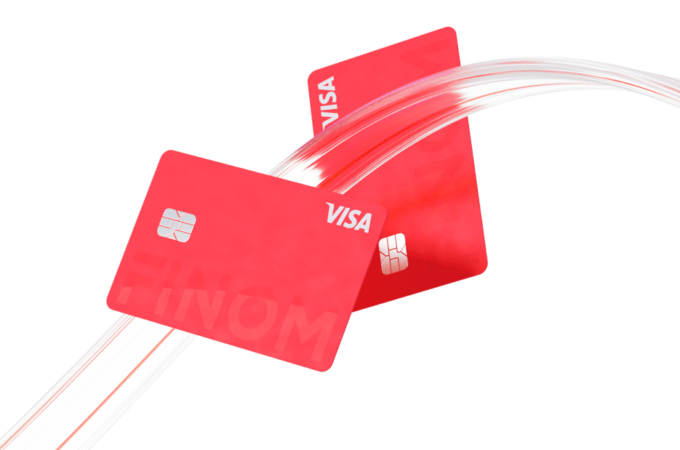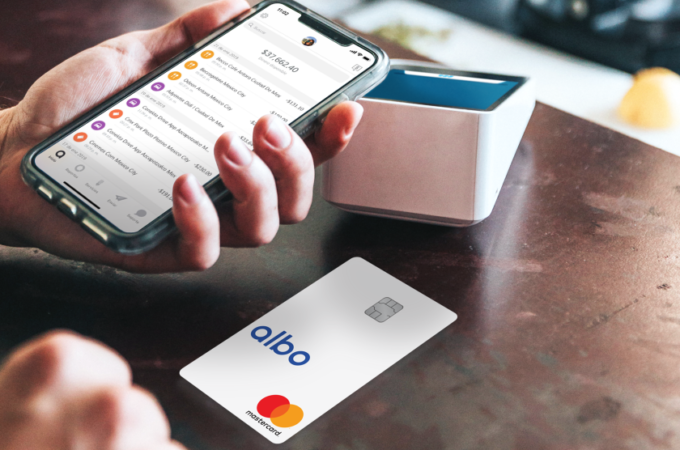
How to Transfer Money Between Accounts at Different Banks – Smart Tips for Small Business Owners
Sometimes, small business owners struggle to find the most convenient way of sending money from their bank accounts to other banks. In this article, you will find valuable recommendations on which method to choose.
As a small company owner, you probably often need to send funds from one bank to another. Sometimes, it would be transfers between your own accounts, and sometimes, you would be sending money to another recipient. If you are just getting started with your business, you might have many questions about these processes. From this article, you will get to know how to transfer funds from one bank to another quickly, safely and without excessive expenses.
A Step-by-Step Guide on Sending Money to Your Own Account in Another Bank
The guidelines below should be valid for most banks.
- Link the two accounts. Log in to your account through the app or website of your first bank. In the interface, find the option for making external transfers. Internal ones imply moving funds in between two accounts within the same bank.
- Insert the details of your external account. You will need to share the routing number of your second bank and the number of your account there.
- Confirm the new account. Most likely, your first bank will need to verify whether the second account indeed belongs to you and you can access it. To pass the verification, it might be enough to indicate the login and password of your second account. Otherwise, you might need to make a minimal test deposit. You might need to wait for a couple of days until the verification is complete.
- Set up transfers. Select the sending and receiving accounts. Indicate the sum and the date of the money transfer and confirm the operation. Normally, the system will show you the date when the money will land in the receiving account. The maximum time that you might need to wait should be 3 days. Probably, you will be able to set recurring transactions with a set time interval, such as every 7 days.
Most banks will not charge you a fee for transferring funds between the two accounts both of which belong to you.
Sending Funds to Other Recipients with a Wire Transfer
Wire transfers usually involve a fee. The exact sum typically varies from $15 to $50. Wire transfers to foreign banks are more expensive than to domestic ones. Domestic transfers might take just a few hours — while with foreign ones, the recipient might need to wait for a couple of days.
To carry out a wire transfer, you need to know the account number of the recipient as well as the routing numbers for both your bank and the recipient’s one. For an international transfer, you should know the IBAN number, National ID, or SWIFT code of the recipient’s bank. To find this code or number, look for the bank’s name and address in a search engine.
Safety is the biggest merit of wire transfers — but only if you send your funds to the right account! Once the transaction is processed, you cannot retrieve it. So please double-check all the numbers and make sure that you are not transferring funds to a scammer.
Sending Funds Through a P2P Payment System
This option will come in handy if your bank does not enable you to send funds to another bank or offers unfavorable conditions for such operations. The P2P abbreviation stands for “person-to-person”. To use such services or apps, you should link your bank account to them. You will also need to know the routing number of the bank. These are a few examples of the most popular solutions that you might want to try.
- PayPal. You might need to pay a fee when funding your transfer from your credit or debit card as well as PayPal credit. If you send money to your relatives or friends from your bank account, there will be no fee. This system has over 390 million active users and you can rely on it to receive payments from customers.
- Venmo. This tool was built by the PayPal team and features more or less the same functionality. You will not need to pay a fee for your transactions. The only exception is transactions funded from a credit card — they involve a 3% fee.
- Google Pay. This one has over 40 million active users. You will be required to pay a fee of around 1.5% when transferring out funds with a debit card. For using it, you can receive business-only cashback rewards.
- Zelle, Popmoney, and so on. Many banks today offer their clients free or affordable P2P transfers, carried out with the help of third-party vendors. To find this option in the interface, log in to the bank’s app or site and look for Personal Payments or another similar option. Such services should be added to your checking account automatically. Otherwise, it will take you just a couple of minutes to create an account in the vendor’s system.
There are many more worthy P2P payment solutions. Invest a bit of time in exploring them — and you will find the one that offers ideal conditions for your business.
Write Out Oldschool Checks
Usually, if you have a checking account at a bank, it should provide you with free checks. To transfer funds to another recipient, you should write out a check and deposit it at the recipient’s bank. You might not need to visit the brick-and-mortar office of the bank if it enables you to make a mobile check deposit. However, even if you opt for the mobile format, the recipient might need to wait for a few days or even for over a week to get the money. Among all the payment options mentioned in this article, checks are the most outdated ones. Some recipients might refuse to work with them.
Conclusion
When sending money from one bank to another, to a third-party recipient, you can use wire transfers, P2P payment systems, or old-school checks. When transferring funds between your own accounts in different banks, you should link these accounts. Many payment methods offer good conditions for small businesses, so your task is to select the best one.





